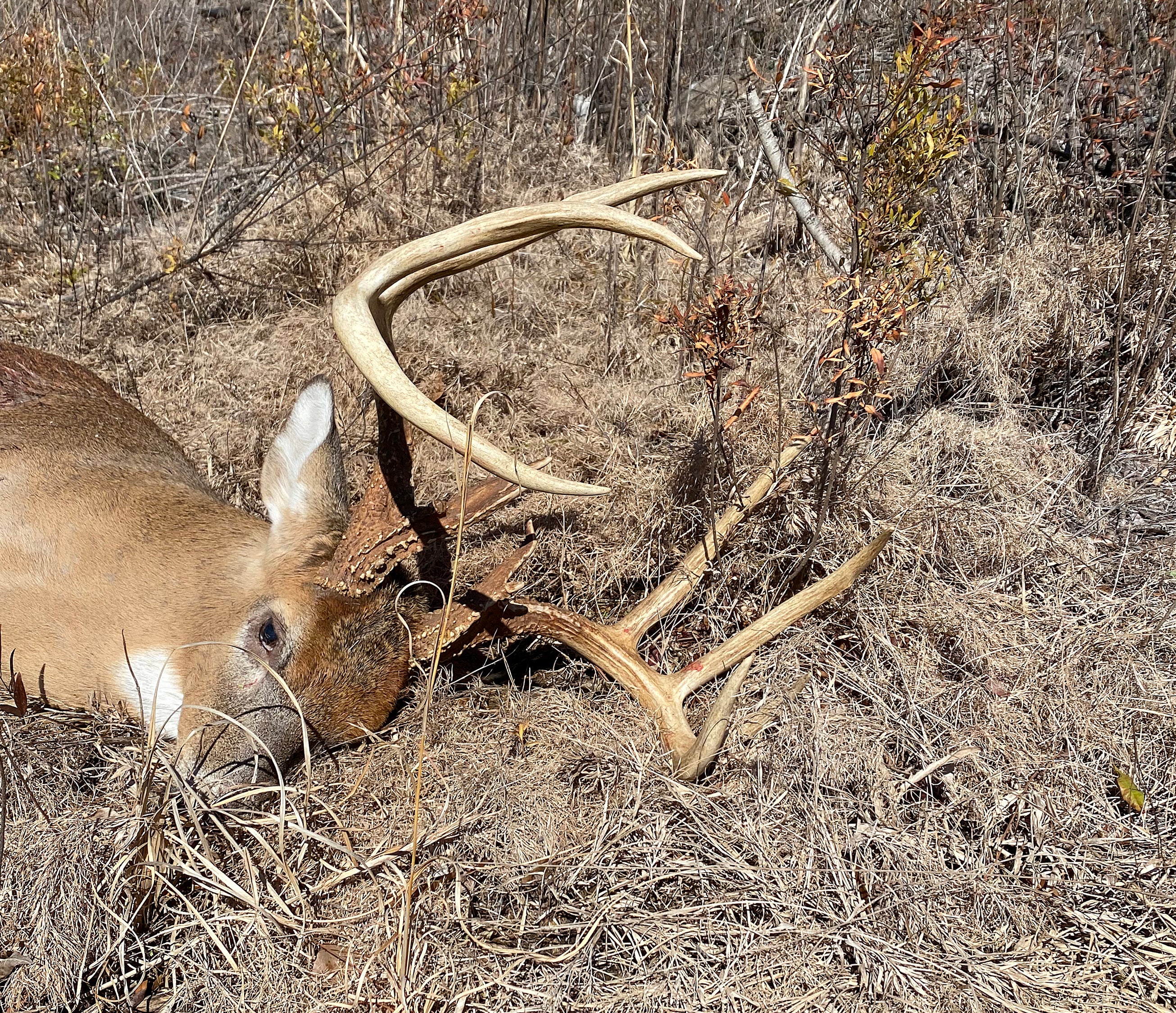By DAVID RAINER, Alabama Department of Conservation and Natural Resources
Anyone who has been hunting deer in Alabama for a while has surely heard of Gee’s Bend, a large plot of land in a horseshoe bend of the Alabama River in Wilcox County.
In the mid to late 20th century, the 6,600-acre property smack dab in the middle of Alabama’s legendary Black Belt was known as a place where whitetails grow to be big and fat with prodigious antlers. During its heyday, Gee’s Bend was the epitome of prime habitat with abundant row crops, including soybeans.
Fast-forward to the 21st century and Gee’s Bend has changed significantly. Gone are the row crops. Instead, Alabama’s most abundant crop, pine trees, covers the landscape, changing the habitat for the wildlife.
Chris Park, a plastic surgeon from Mobile, joined Gee’s Bend Hunting Club in 2012, hearing all his life about the big deer from the area. However, the change in habitat had him somewhat disillusioned and wondering what he should do.
“I was not feeling all that optimistic about the bucks at our club anymore,” Park said. “This land used to be known for soybeans and large, heavy-bodied deer. The extra protein also helped grow really nice racks.”
“I try to limit myself to hunting the right area that will not taint the deer’s territory, not let my scent or trail go across the bedding area or fields. I try to sneak in early and out late to avoid alerting the deer to hunter presence. As we all know, repetitive spooking of deer will change their habits and territory and travel routes and hours of mobilization. Despite all of that I had been in the camp since 2012, and I had only pulled the trigger on two deer that I was proud of but nothing that really got my pulse racing.”
That all changed when a pair of bucks crossed a large clearcut in what became Park’s favorite hunting area.
“I tend to try to hunt less popular places and explore the great unknown,” Park said. “An area in the south end of our property is very rarely hunted because there’s not large quantities of deer. There’s never been a quality deer taken from it, and it’s hard to get to, being an ATV-only ride or a good 15-minute ride from the camp on the blacktop with a long hike at the end.”
While his attempt to take one of those clearcut bucks ended in a rifle malfunction, it convinced Park to stick with the area and be discreet about what he had seen.
“I kept hunting down there the rest of the year,” he said. “When I first turned around in that tripod and saw those two deer going across the clearcut, that got my blood pumping, and I only saw them for about six seconds. I put cameras down there after that because I didn’t have any out in that area. I never saw that other deer when they separated from the bachelor group. He may be on the adjoining property, but I’ve never seen him again. I started hunting down there every time.”








